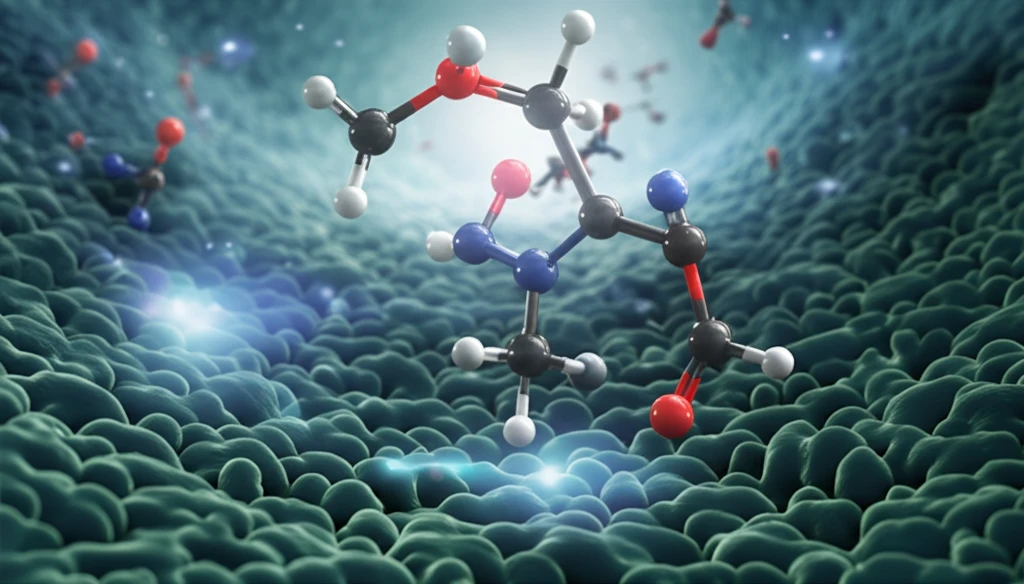
Unlocking Cleaner Fuels: How Zeolites Could Revolutionize Desulfurization
"Exploring the Adsorption Mechanism of Thiophene in MCM-22 Zeolite for Enhanced Fuel Purification and Reduced Environmental Impact"
In the pursuit of cleaner energy and reduced environmental impact, the removal of sulfur-containing compounds from fuels has become a critical area of research. Thiophene, a common sulfur compound found in gasoline, contributes to air pollution and poses significant health risks. Traditional methods of desulfurization often face challenges in achieving deep desulfurization without compromising the quality of the fuel.
Zeolites, microporous aluminosilicate materials, have emerged as promising candidates for adsorption-based desulfurization techniques. Their unique structure and tunable properties make them highly effective in selectively removing thiophene from complex hydrocarbon mixtures. Among various zeolites, MCM-22 has garnered significant attention due to its unique pore structure, which combines both 10-membered ring (10-MR) pores and 12-membered ring (12-MR) supercages, offering enhanced adsorption capabilities.
This article delves into the groundbreaking research that employs grand canonical Monte Carlo simulations to investigate the adsorption behavior of thiophene in MCM-22 zeolites. By understanding the adsorption mechanism at a molecular level, scientists aim to optimize the design and application of these materials for more efficient and environmentally friendly fuel purification.
Understanding the Adsorption Process: How MCM-22 Zeolites Capture Thiophene

The adsorption of thiophene in MCM-22 zeolites is a complex process influenced by several factors, including temperature, pressure, and the specific structure of the zeolite. Grand canonical Monte Carlo simulations provide a powerful tool to explore these interactions at a molecular level, offering insights into the adsorption isotherms, heat of adsorption, and distribution of thiophene within the zeolite framework.
- Temperature and Pressure Effects: Adsorption is significantly affected by temperature and pressure. Lower temperatures and higher pressures generally favor increased thiophene adsorption.
- Heat of Adsorption: The heat of adsorption, a measure of the energy released during the adsorption process, remains relatively constant across different temperatures and pressures, indicating a consistent interaction strength between thiophene and the zeolite.
- Distribution within Zeolite: Thiophene molecules tend to distribute widely within both the 10-MR pores and the 12-MR supercages, highlighting the accessibility of these regions for adsorption.
The Future of Clean Fuels: Zeolites as Key to Desulfurization
The insights gained from these molecular simulations provide a roadmap for designing more effective zeolite-based desulfurization processes. By tailoring the pore structure and chemical composition of zeolites, it may be possible to enhance thiophene adsorption capacity, reduce energy barriers for migration, and ultimately achieve deeper levels of fuel purification. This research represents a significant step towards cleaner fuels, reduced air pollution, and a more sustainable future.
